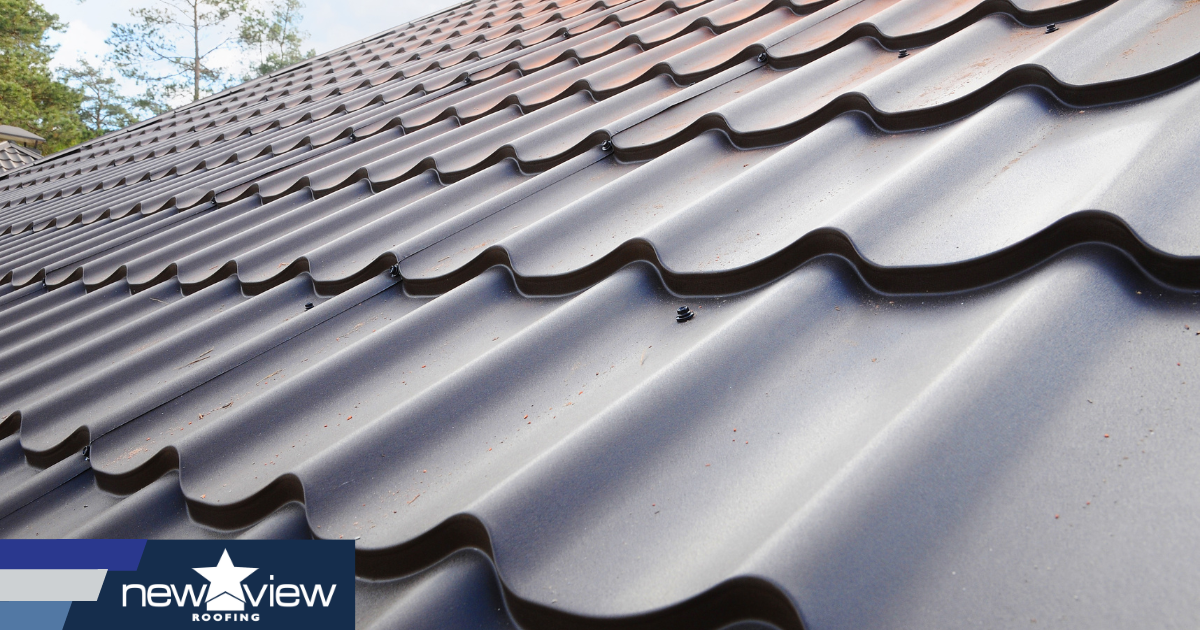Best Practices for Ensuring Appropriate Roofing Ventilation
A well balanced intake and exhaust vent ratio, typically 1:300, plays a crucial role, with intake vents ideally put at the reduced edge of the roofing for cool air entry and exhaust vents at the peak for warm air departure. Maintaining insulation away from vents is important to protect against air movement constraint.
Understand Air Flow Basics
Correctly understanding ventilation basics is vital for making certain the longevity and efficiency of roof. Reliable ventilation reduces wetness accumulation and temperature extremes in the attic room, both of which can cause substantial architectural damage with time. A well-ventilated roof helps in preventing usual concerns such as mold and mildew development, wood rot, and ice dams, which can jeopardize the stability of the roof products and the underlying frameworks.
The key objective of ventilation is to help with the movement of air, enabling a regular exchange in between the exterior and interior atmospheres. This equilibrium is attained via a combination of consumption and exhaust vents that interact to maintain ideal air flow. Intake vents, typically located along the eaves or soffits, allow fresh air to enter the attic space, while exhaust vents, usually situated at or near the roof ridge, make it possible for hot, moist air to get away.
Key elements affecting the efficiency of roof air flow include correct placement, ample sizing, and making certain that both intake and exhaust vents are unhampered. Regular inspection and upkeep are important to recognize prospective clogs, damages, or inadequacies in the ventilation system, thereby securing the roofing's performance and durability.
Kinds Of Roofing Vents
Roofing system vents play a crucial function in preserving effective attic ventilation and, by extension, the total health of the roof. Various kinds of roofing system vents are offered, each with one-of-a-kind benefits tailored to certain roofing requirements. Ridge vents, as an example, are mounted along the roofing system's optimal, permitting cozy, humid air to get away from the attic room. They supply continuous ventilation and mix flawlessly with the roofline, making them both effective and aesthetically pleasing.

Soffit vents are set up under the eaves and operate in tandem with roofing system vents to make certain a well balanced intake and exhaust system. By enabling cooler air to get in from below, soffit vents facilitate the expulsion of hot air via top vents. Gable vents, situated on the outside wall surfaces of the attic, deal another efficient remedy, particularly in homes with saddleback roofs.
Examine Your Existing Ventilation

Following, take into consideration the age and condition of your roofing products and ventilation components. Older systems might not follow existing structure codes or may have degraded in time, lowering their efficiency. Conduct a complete evaluation to recognize any indicators of damage, such as rust, damages, or gaps that could jeopardize the system's efficiency.
Additionally, measure the attic room temperature and humidity levels. High temperatures and moisture can show insufficient ventilation - gainesville fl roofing companies. Utilize a hygrometer and thermostat to acquire exact readings, comparing them with outside conditions. Consistent disparities recommend prospective concerns that need resolving.
Installation Best Practices
Efficient setup of roof air flow systems is paramount for ensuring ideal performance and durability. Appropriate setup starts with recognizing the particular air flow needs of the structure and the roof covering it covers. This involves calculating the proper proportion of intake to tire vents, generally sticking to the 1:300 regulation, which specifies one square foot of air flow for every single 300 square feet of attic floor space.

Intake vents need to be mounted at the roofing system's reduced side, often in the soffits, to enable trendy air to go into. Exhaust vents, on the various other hand, need to be mounted near or at the roofing system's height to promote the leave of cozy, moist air.
Seal all vent connections carefully to avoid air leaks and possible water infiltration. Usage top notch products and follow manufacturer standards to make sure sturdiness and performance. In addition, incorporating ridge vents with baffles can substantially improve airflow effectiveness by stopping wind-driven rainfall and snow from getting in the attic room.
Inevitably, accurate installation of roof covering air flow systems minimizes potential problems such as mold and mildew growth, ice dams, and structural damage, making sure the roof's honesty and the building's general health.
Routine Maintenance Tips
Consistency in upkeep methods is basic to making sure the see here lasting efficiency of roof covering ventilation systems. Normal examinations are crucial, ideally executed biannually-- in the spring and autumn. Throughout these assessments, guarantee that vents are without debris, nests, and other obstructions that can impede air movement. Look for any kind of indicators of moisture buildup or mold, as these can show inappropriate ventilation or leaks (gainesville roofing companies).
Use a soft brush see or a vacuum to eliminate dirt and particles from intake and exhaust vents. Be mindful not to harm the vent displays or louvers during the process.
Appropriate insulation is equally crucial. Ensure that attic room insulation does not obstruct the vents, as this can severely restrict air movement. If any kind of insulation has changed or resolved, reposition or replace it to maintain an efficient obstacle.
Lastly, replace any type of harmed or missing out on elements without delay. Busted vents, fractured shingles, or shabby flashing can all add to inadequate ventilation and must be addressed right away. Normal maintenance makes certain that the roof covering ventilation system works optimally, thus expanding the lifespan of the roof itself.
Conclusion
Making sure appropriate roof covering ventilation is extremely important for preserving the efficiency and resilience of a roof. Adherence to the 1:300 consumption and exhaust vent ratio, combined with the tactical positioning of vents, is crucial. Normal semiannual evaluations, particles cleaning, and ensuring insulation does not block air movement are vital practices. Carrying out these finest practices will cultivate a well-ventilated roof covering system, therefore alleviating prospective concerns associated with moisture accumulation and review excessive heat, ultimately extending the roof covering's life expectancy.
A well balanced intake and exhaust vent proportion, frequently 1:300, plays a crucial function, with intake vents preferably positioned at the reduced edge of the roofing system for trendy air entry and exhaust vents at the height for warm air departure. Consumption vents, normally located along the soffits or eaves, permit fresh air to get in the attic space, while exhaust vents, typically positioned at or near the roof covering ridge, enable hot, damp air to leave.
Soffit vents are installed under the eaves and work in tandem with roofing system vents to make certain a balanced consumption and exhaust system. By allowing cooler air to get in from below, soffit vents promote the expulsion of hot air via top vents. Adherence to the 1:300 consumption and exhaust air vent ratio, coupled with the strategic positioning of vents, is crucial.